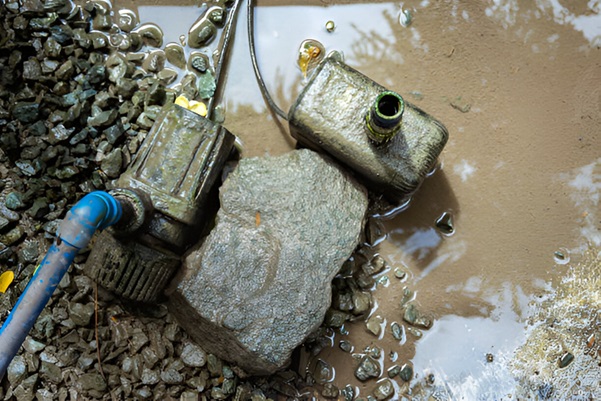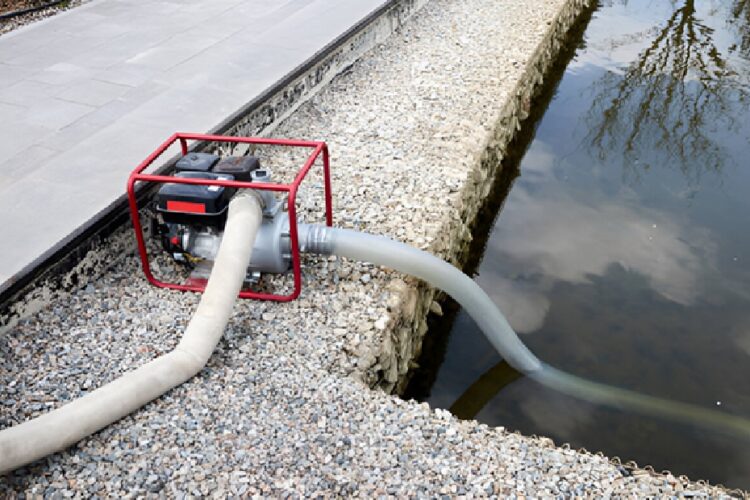Pump is the tireless heart of your beautiful pond, constantly working to keep things fresh and lively. It is the key to a healthy ecosystem, preventing that dreaded stagnant water and ensuring happy inhabitants like fish, frogs, or just beautiful water plants. Finding the perfect pump can feel like a daunting task, with a sea of choices out there, but it is a vital step in creating a thriving, enjoyable water features.
Where to buy a quality pump for your pond?
To buy a quality pond pump you need a dependable supplier who offers exceptional manufacturing brands. The Pond Guy located in Kent offers the best opportunity to purchase a branded pump. It offers multiple pump options that are suitable for diverse pond dimensions and needs. You certainly get robust and efficient pump equipment. Professional staff members assist you to identify perfect pump solutions and make the decision process easy.
Factors to consider while choosing a pump for your pond
1. Determine pond size & water flow needs
The pump has to circulate the total volume of your pond at least once in an hour, so understand the pond size and required water flow rate. For example, if you have a pond with a capacity to hold 1,000 gallon of water, you will need a pump that moves water at least 1,000 galllons per hour [GPH]. If you have fishes, especially Koi you will need high turnover rate to maintain water clarity and oxygen levels.
2. Choose between submersible and external pumps
The two principal categories of pumps include submersible and external.
- The submersible type of pump functions beneath pond waters where it remains hidden at the bottom thus perfect for decorative water features or small ponds. Installation procedure is easy and works quietly.
- External pumps find their best use in large ponds and high-flow applications since they operate outside the pond itself. They are more durable and energy-efficient but need complex installation.
3. Consider energy efficiency
Energy efficiency stands as a critical factor when because the pump in your pond will run consistently without interruption. Your search should focus on energy-efficient models because they reduce electricity costs over time. The adjustable speed function on specific pumps lets you to modify the flow rate according to seasonal requirements thus enhancing energy efficiency.
4. Check the head height rating
Head height refers to the vertical distance the pump will need to push water. For example, if you have a waterfall or fountain, the pump’s maximum head height must not be very low because its capability to move water through the system efficiently is not possible. You need a pump that can deal with the required head height.

5. Filtration system compatibility
If you have a filtration system in your pond, make sure the pump is compatible with it. Some filters need specific flow rate to correctly function. A strong pump can overwhelm the filter, while an underpowered pump may not circulate water effectively.
6. Look for durability and warranty
Pumps from reputable manufacturers provide you with durable products that perform reliably throughout time. Search for pumps with sturdy construction and strong warranty, especially necessary in areas that experience harsh weather.
Conclusion
Consider the above factors to choose an ideal pump for your pond. Choosing the right pump ensures a healthy and vibrant environment in the pond essential for the aquatic life to survive. Besides you can enjoy the beautiful feature in your outdoor space for years to come.


